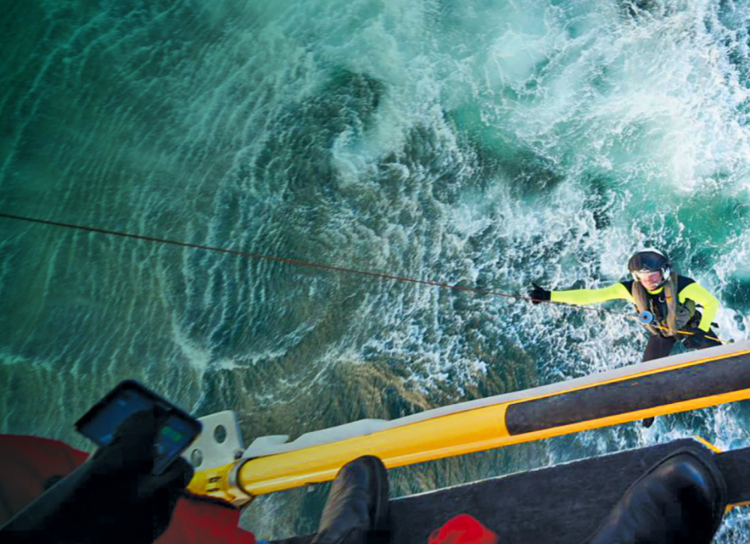
A sailboat lost at sea. Waves ten metres high. Three people are on board. This isn’t the start of a movie – this was the life-threatening scenario three Kiwis faced twenty miles off the Kaikōura coast.
Those on board were sailing north from Christchurch when their engine broke down and lost power. Sea conditions were rough, and worsening. The sailboat was being tossed around in eight-metre swells and high winds.
The sailors set off their distress beacon. The boat was taking on a dangerous amount of water. At the Life Flight airbase in Wellington, crewperson Julian answers the emergency call. A longstanding member of the team, Julian has been on hundreds of missions since he joined in 2009.
As Crewperson Julian hangs up the phone, he knows the clock is already ticking for distressed sailors. He alerts pilot Harry and Wellington Free Ambulance flight paramedic Hannah of the mayday call, and they calmly and methodically run through their checklists.
With the knowledge that it is a water rescue, paramedic Hannah grabs her wetsuit, crewperson Julian loads the life raft, and pilot Harry checks the flight path. The crew are airborne and speeding south in under ten minutes, minds laser-focused on saving those on the sinking boat.
The crew relies on world-class training, quick thinking, and quality equipment in every mission. Julian says one of the most challenging parts of the job is not always knowing what you’re flying into.
"Things aren’t always as they seem, and you need to be ready to adapt. The sailboat rescue was like no winch we had done before. When we got there, the boat radio wasn’t working, so we couldn’t communicate with them. It was too dangerous to winch paramedic Hannah onto the boat, so we had to put her in the water to swim to the boat with the winch. Three times she had to do that. The boat sank five minutes later."